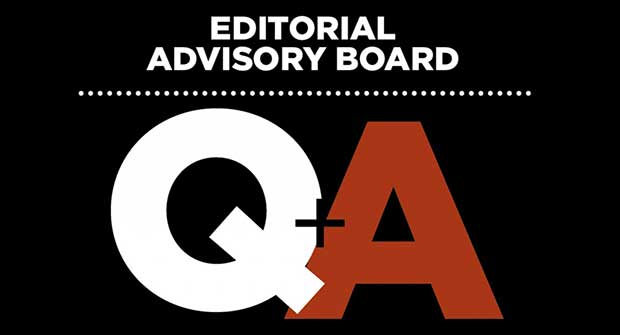
Widespread periods of no rain and water restrictions are no longer limited to the Sun Belt. Many communities face drought conditions and are regulating water use to preserve local aquifers. Therefore, it’s critical landscape and irrigation contractors assist clients in adhering to these mandates, which may differ from market to market.
A revolution in smart controller technology allows irrigation contractors to quickly adjust an irrigation system’s watering window in real time, says Ben Coffey, product specialist and training manager at HydroPoint, which markets the WeatherTRAK weather-based smart irrigation controllers.
“There are days of the week that we need to manage, and there are times of the day that we need to manage,” he says. “All of the (smart irrigation) technology out there allow(s) a greater level of water management and allows (contractors) to adhere to local (water-use) ordinances.”
Ordinance oversight
Through data collection and reporting, contractors can provide clients with more effective watering practices and oversight so they abide by local ordinances and avoid potential fines or penalties.
“It’s all about using data and having the (irrigation) system running properly,” Coffey says. “The best water managers manage a (water) budget or allocate the gallons they can use effectively. This is the future of water restrictions.”
Smart controller technology allows an irrigation system to cull local weather data from the Internet to adjust a client’s irrigation schedule, says Mara McCartney, a senior product manager with Hunter Industries, which has the Hydrawise Wi-Fi irrigation control system. A smart controller system, compared to a traditional system that relies on manual adjustments, can save upwards of 50 percent in the number of gallons used, she notes.
“When an irrigation contractor or a homeowner is setting up their irrigation schedule to water, they pick the days of the week and the run times per station or per zone that they’re interested in,” she says.
On cooler days, the system can adjust runtime to 7 minutes instead of its scheduled 10, McCartney says, noting, “that’s when you start to see water savings.”
Adjustments
Hunter’s smart system has predictive watering capabilities, which automatically adjust based on recent periods of precipitation, the current forecast and preprogrammed triggers dictating when to water, McCartney adds.
However, mandated water restrictions may not be as impactful as municipalities realize, often resulting in more intense and wasteful irrigation practices during allocated watering times.
Brad Wardle, vice president of B-hyve Smart Home at Orbit (purchased by Husqvarna in 2021), says water conservation comes down to evapotranspiration (ET), or the processes by which water moves from the soil surface to the atmosphere and into the plant via evaporation and transpiration.
Smart irrigation systems that consider ET can further conserve water, reducing a client’s watering costs and increase sustainability.
Keeping things in balance
“It’s about maintaining the moisture balance in the soil,” Wardle says. “Most of the time, people water beyond what the soil can absorb and be used by the plant, resulting in runoff.”
By entering soil profile, plant type, root zone depth, head type and application rate, along with microclimate data, into a smart irrigation system’s watering algorithm, contractors can better mitigate excessive runoff, he says.
“Now, that’s a drought buster,” Wardle adds. “The goal is to save water, especially in drought areas. And that’s what makes maintaining control so important. It’ll keep plants alive and doing well — maybe not as green as you’d like — but in a recoverable state to bounce back.”

